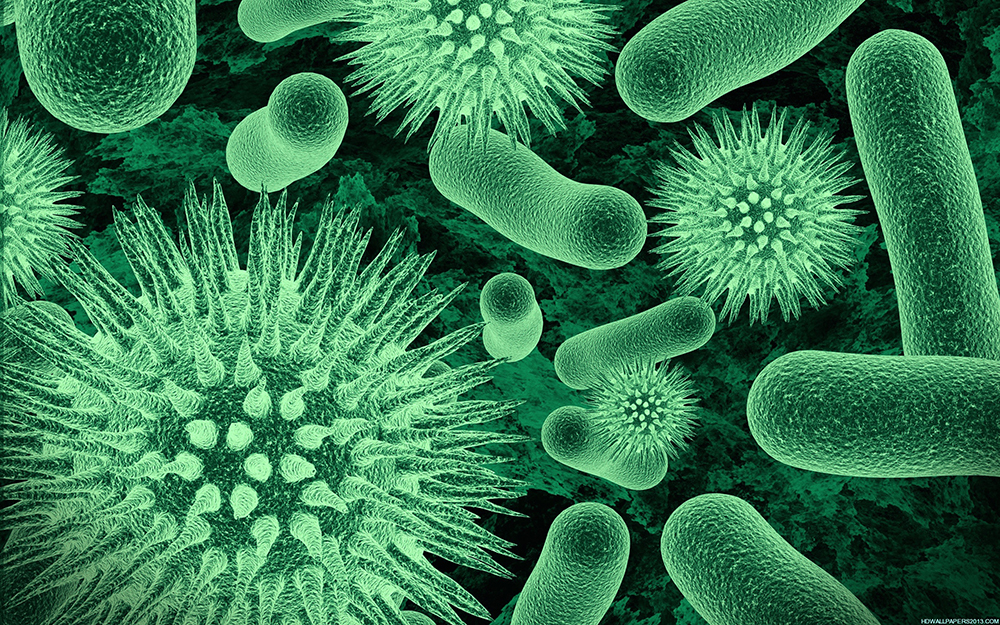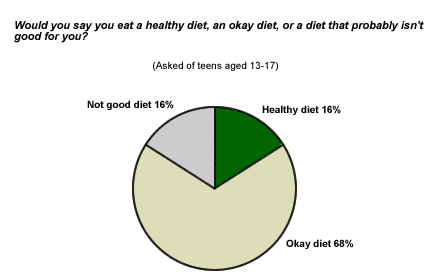
There are three main types of cardiovascular disease prevention: primary, secondary, and primordial. Although they all contain the same elements, their effects and starting points differ. To prevent these problems, it is important for patients to identify their risk factors and create a personal plan. Your goal is to lower your risk of developing cardiovascular problems and live an extended and healthy life. Continue reading to learn how to prevent heart attack. This article explains the causes and treatments of various cardiovascular diseases.
First, keep your heart healthy. A heart-friendly diet is one rich in fiber, low sodium, and rich with vitamins and minerals. Next, you should eliminate processed food such as white bread or processed snacks. These foods are bad for your heart unless you consume high levels of fiber. Avoid fast food and packaged snacks. Don't reach for the salt shaker. Over-salinization can lead to heart disease.

It's important to eat a healthy diet and exercise regularly. Experts recommend that you exercise 150 minutes per week. This is approximately 20 minutes per day. You should also eat a variety low-calorie meals. Regular exercise can also reduce blood pressure and prevent heart diseases. Stress management and mindfulness can be a key factor in preventing heart disease. Changing your lifestyle is easier than you think and it's not difficult!
Healthy diets can help reduce your risk of heart disease. A diet high in fruits, vegetables and other healthy foods can reduce your chance of getting the disease. Also, beans and low-fat protein may lower your risk. You may also be able to reduce your risk of heart disease by eating fish high in omega-3 fat acids. Start incorporating these techniques into your daily routine if you have the opportunity.
Smoking can increase your risk of developing heart disease. Trying to quit smoking will help you reduce your risk for coronary artery disease. Stop smoking. You are better for your heart if you quit smoking. Secondhand smoke is also a good way to reduce your chance of developing coronary heart disease. You should stop smoking if your are a smoker. This will reduce your risk of heart disease.

Heart disease prevention is a lifelong endeavor. Although it can be difficult to spot, heart disease can increase your risk of developing serious conditions such as heart failure. It is important that you take steps to decrease your risk of developing heart disease. It is possible to lower your risk of developing heart disease by living healthy lives. This will allow you to live a long life. The more you do this, the happier you will be.
FAQ
What does butter do?
Butter is a great source of saturated fats. This type is beneficial for healthy skin and hair as well as stronger bones.
Vitamin K in butter also prevents bleeding from cuts, bruises and other injuries. Vitamin K works together with vitamin C to prevent bruising.
Butter is also rich with minerals, such as calcium and phosphorous. These minerals promote stronger bones, teeth, and teeth.
Butter has its drawbacks. Butter contains high levels of cholesterol. Research has shown that high levels of cholesterol could increase your chances of developing cardiovascular disease.
Butter is high in saturatedfat, which contributes both to obesity, and raises cholesterol.
You can spread butter on bread if you are forced to use it. Bread will absorb more oil than pasta or potatoes.
Is it true to say that protein overeating can lead to kidney stones?
Protein is important for maintaining healthy bones and tissue. Too much protein can cause calcium to be excreted through the urine. This can cause kidney stones.
It is important to remember that not all people get kidney stones from eating more than 2g protein per kilogram (2.2lbs) of body weight. People can eat large amounts of protein and not get kidney stones.
Watching your sodium intake can help prevent kidney stones. Sodium is important for maintaining the body's water balance. Too much sodium results in a higher risk of developing kidney stones.
If you have kidney stone, you might also consider reducing your protein intake. About half of adults' daily caloric intake is made up of protein. Reduce your intake of protein and you will likely lose weight.
If you do decide to eat more protein, don't go overboard. Do not eat more than 20% of your daily calories from protein.
What's a good routine for a daily workout?
You must exercise regularly to stay fit. No matter what kind of exercise you do, as long you do it consistently. Consistency is key. If you want to achieve results, you must stick at it for an extended period.
Begin small daily activities like walking. Start by walking for a few minutes every day. Gradually increase your time exercising to 30 minutes per week. You can do this running, swimming weight training, yoga or aerobics classes.
You should try to ensure that you exercise most days of the week. Don't miss any sessions unless you have an excuse.
You should wear the appropriate clothing and footwear if you are exercising outdoors. Weather conditions can also affect your ability and safety to exercise.
When you exercise, make sure you are drinking plenty of water. Avoid drinking alcohol during this time because it can cause dehydration. Also, don't drink caffeine-rich beverages like tea, coffee, or cola. They can give you energy, but will also dehydrate.
It's common to feel tired after your first workout. If you stick with your training program, you'll feel more awake and alert.
What Is The Best Way To Lose Weight?
It is not easy to lose weight. Many people give up easily because they don't know what to do.
But there are steps you can follow to shed extra pounds.
First, make sure you eat less calories than you burn. You will gain weight if you eat more calories than you burn.
Second, you must start exercising regularly to burn off all those calories. You can choose from a variety of exercises such as walking, biking or dancing.
Third, stop smoking cigarettes or drinking alcohol. These habits make it more likely that you will consume more calories than you would normally.
Fourth, cut down on junk food and fatty foods. You can replace them by healthier choices such as fruits, vegetables or lean meats.
Fifth, you should change your lifestyle to adopt new habits. It is possible to wake up at 5 AM to go to work, or to be more active before you get to work.
Sixth: You must be disciplined, and you must follow your diet plan.
To burn extra calories, you can also join a gym or take an aerobics class.
These simple tips will help you quickly see results.
Statistics
- According to the American Heart Association, blood pressure should be checked at least once every two years, beginning at age 20. (my.clevelandclinic.org)
- According to the American Academy of Dermatology (AAD), men over 50 are at a heightened risk of developing it. (healthline.com)
- 10 pounds in a month is likely during a lean bulking phase, especially for beginners. (muscleandstrength.com)
- By John Thompson Take a whopping 38% off a set of PowerBlock Pros. (menshealth.com)
- An estimated calorie range for moderately active adult males falls between 2,200 to 2,800 calories per day, depending on age. (eatright.org)
External Links
How To
How can a man lose weight in just 30 days.
Breaking down your fitness goals into manageable steps is the best way to reach your goals.
Each day you need to be working towards your goal. This could include anything from 10 pushups that last 5 minutes to running 3km.
Positive results will be achieved if you do this consistently over time.
The key thing here is consistency. It is important to persevere until you succeed.
What's the difference between Aerobic Fitness & Anaerobic Fitness, and how can you tell?
Anaerobic fitness refers the body's ability to do intense physical work while lacking oxygen. Anaerobic pathways are used to give our bodies enough energy to perform high-intensity exercise. Anaerobic pathways can include glycolysis, creatinephosphate, the Phosphagen, and lactic acids.
In contrast, aerobic fitness refers to sustaining continuous low-intensity exercise. Aerobic exercise is a form of aerobic exercise in which oxygen is the primary fuel source for the cells. In other words, aerobic pathways provide more energy than anaerobic.
If you are looking to run a full marathon, then you have to increase your aerobic ability. You won't be successful if you focus only on your anaerobic ability.
Aerobic fitness also refers to cardiovascular fitness. Step tests and VO2 max testing are the most popular methods to measure cardiovascular fitness.
Test VO2 Max
VO2 max is the maximal amount of oxygen (O2) that the body uses during exercise. This test measures the amount O2 that the body can use when exercising.
This test can measure your cardiovascular fitness accurately. The test is difficult to administer because it requires expensive equipment.
Step Tests
Step tests are a quick and easy way to test your cardiovascular fitness. You will be asked to walk, jog or run for a specific time on a track. This is based on your age or weight.
These tests are simple to perform, cost-effective, and easily accessible from almost any location. For example, you could walk on a treadmill 20 minutes and then stop. Throughout the session your heart rate should not exceed a specified range.
This method is known as the "Bruce Protocol". Bruce, himself a runner, created this protocol after realizing that he would not feel his heart rate increase when running longer distances.